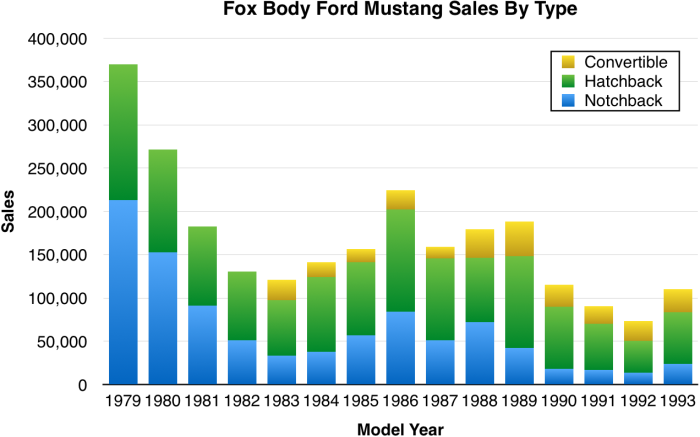“… this is one convertible that truly brings luxury out in the open.”
For 1984, Cadillac decided to join the eighties convertible party with a version of the Eldorado Biarritz. With a base price of $31,286 (about $80,600 in today’s dollars), the Eldorado droptop was operating in rarified air. In constant dollars, it was the most costly Eldorado of any type since 1960’s hand-crafted Pininfarina-built Brougham.
The only powertrain available for the 1984 Eldorado convertible was an HT-4100 135 bhp 4.1 liter/249 ci V8 with fuel injection paired with a four-speed automatic. With a curb weight of about 3,900 pounds, 0-60 mph came in about 13.5 seconds. Fuel economy was rated at 17 city/27 highway by 1984 standards (14/20 by today’s measures). A 20.4-gallon gas tank meant an Eldorado convertible owner could expect a range of between 310 and 405 miles with a 10% fuel reserve.
Standard exterior and mechanical equipment on the Biarritz convertible included a power convertible top, power rear quarter windows, car color body side moldings, and P225/70R15 tires (a size still readily available) on 15-inch wheels with wire wheel discs. Inside, a theft-deterrent system, leather seats, and a leather-trimmed steering wheel rim were standard.
Standard exterior and mechanical equipment on every 1984 Eldorado included Soft Ray tinted glass, front-wheel-drive, a four-wheel independent suspension, power steering, remote mirrors, and four-wheel power disk brakes. Inside, electronic climate control, power door locks, and power windows were all included. Standard audio features included a Delco-GM 2000 stereo with four speakers and a power antenna.
Options and Production Numbers
Options available for the Biarritz convertible included an engine block heater, a remote locking fuel filler door, power mirrors, Twilight Sentinel, cruise control, and a six-way power passenger seat.
Many Eldorado coupe options were not available with the convertible. Some of these unavailable options included the touring suspension, the memory seat, and the all-conquering Delco-GM/Bose Symphony Sound System.
Cadillac sold 3,300 Eldorado convertibles in 1984—substantial numbers for such a high-end droptop and well more than the platform-mate Buick Riviera managed to sell in any single year. General Motors ended up having to navigate at least one lawsuit from folks who had purchased the 1976 Eldorado, which Cadillac advertised at the time as “the last convertible.”
The View From 2021
Tenth-generation Eldorados do attract collector interest, and there is club support. According to Hagerty’s valuation tools, all the money for a 1984 Eldorado convertible in #1/Concours condition is $32,800, with a far more normal #3/Good condition version going for $9,000. These Eldorados are often available in the Hemmings Motor News classifieds, on eBay Motors, and at auction. As I write this post, a Cotillion White 1984 Eldorado convertible with red leather “tufted multi-button” seats and 78,000 miles is for sale on Hemmings for $14,500.
Make mine Autumn Maple Firemist, please.
Other Eldorados I have written about include the 1982 Touring Coupe, the 1986 coupe, and the 1988 coupe. Additional E-body/K-body cars with blog entries include the 1980 Buick Riviera S TYPE coupe, the 1980 Cadillac Seville sedan, the 1982 Oldsmobile Toronado Brougham coupe, and the 1984 Buick Riviera T TYPE coupe.











